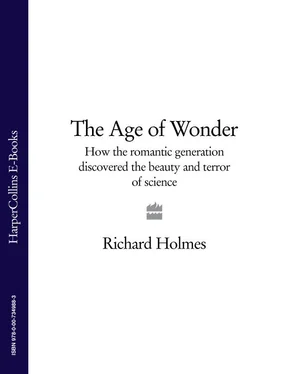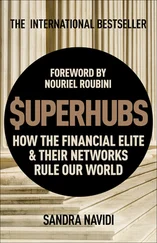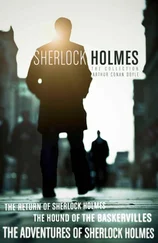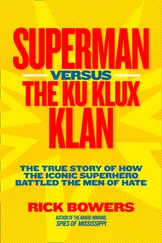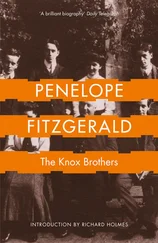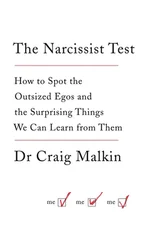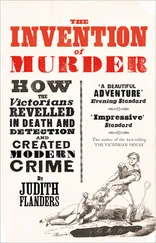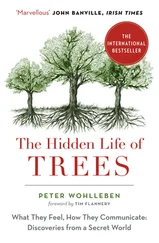♣ Young, in Night Thoughts, also imagined an infinitely distant planet with extraterrestrial inhabitants, as if it were some remote Pacific island, not unlike Tahiti perhaps:
Canst thou not figure it, an Isle, almost
Too small for notice in the Vast of being;
Severed by mighty Seas of unbuilt Space
From other Realms; from ample Continents
Of higher Life, where nobler Natives dwell.
(Edward Young, Night Thoughts on Life, Death and Immortality, 1742-45, ‘Night IX, and Last’)
♣ This question bears on the whole nature of science history and biography. Michael Hoskin has suggested in his essay ‘On Writing the History of Modern Astronomy’ (1980) that most histories of science continue to be ‘uninterrupted chronicles’, which run along ‘handing out medals to those who “got it right”’. They ignore the history of error, so central to the scientific process, and fail to illuminate science as a ‘creative human activity’ which involves the whole personality and has a broad social context- Journal for the History of Astronomy 11 (1980). To this one might add that Romanticism introduced three important themes into science biography. First, the ‘Newton syndrome’, the notion of ‘scientific genius’, in which science is largely advanced by a small number of preternaturally gifted (and usually isolated) individuals. Second, the existence of the ‘Eureka moment’, in which great discoveries are made without warning (or much preparation) in a sudden, blazing instant of revelation and synthesis. Third, the ‘Frankenstein nightmare’, in which all scientific progress is really a disguised form of destruction. See Thomas Söderqvist (ed.), The Poetics of Scientific Biography (2007).
♣ The naming of the new planet was much disputed, and was not generally agreed until the mid-nineteenth century. Johann Bode, the editor of the authoritative Berlin Astronomical Yearbook, which quickly popularised the name ‘Uranus’, urged that a single name from classical mythology, with no national overtones, was required. With impeccable Prussian logic he pointed out that in Greek mythology Saturn (Kronos) was the father of Jupiter (Zeus), and Uranus (the Greek sky god) was the father of Saturn. It is so recorded in his great Uranographia (1801), which became the most influential celestial atlas of the early nineteenth century, replacing Flamsteed’s and cataloguing some 15,000 naked-eye stars.
♣ It was also the first planet that was not easily visible and distinctive to the naked human eye (by colour, shape or position), and indeed it is quite frustrating to attempt to find with modern binoculars. Its presence was therefore curiously remote and mysterious, emphasising the largeness and strangeness of the new solar system (now doubled in size), but also breaking up the old, affectionate feeling for a much-loved planetary family. It is arguable that Uranus has still not fully entered into the popular mythology of the solar system, a difficulty not helped by the awkward pronunciation of its name in English, which worked better when given to the metal uranium in 1789. Herschel’s son John tried to remedy this by giving Uranus’s-try saying that!-two moons the feathery Shakespearean names of Titania and Oberon, from A Midsummer Night’s Dream.
♣ The Botanic Garden was the best-selling long poem in English throughout the 1790s, after which its popularity suddenly declined, probably because its science was thought to be too materialist and ‘French’. It was the first poem which presented itself in terms of a moving, ‘photographic’ image of the world: ‘Gentle Reader…Here a Camera Obscura is presented to thy view, in which are lights and shade dancing on a white canvas, and magnified into apparent life!-if thou art perfectly at leisure for such trivial amusement, walk in and view the WONDERS of my ENCHANTED GARDEN.’ Darwin’s ‘antique’ prose style in this Prologue was an ironic foil to the dense, plain, highly informative manner of his scientific footnotes. Together these notes added up to a remarkable survey of the current state of the physical sciences in 1790.
♣ Moon and star imagery recurs in Coleridge’s poetry throughout his life. One of his earliest known poems, ‘To the Autumnal Moon’, was a sonnet written at the age of sixteen from the lead rooftop of his London school. Many of his great West Country poems, such as ‘Frost at Midnight’ (1798), may be said to be suffused with moonlight. Greta Hall, where Coleridge lived at Keswick, was an old observatory, and from its leads he frequently recorded the state of moon, stars and the night sky, as well as his own little boy Hartley’s comments on them. His famous poem ‘Dejection’ (1802) begins with the image of the ‘winter-bright’ new moon, with ‘the old Moon in her lap’, presaging a storm. When later living alone at Malta, he used a naval telescope to observe the moon and stars, and wrote many notebook entries about his inexplicable instinct to worship the moon (1805). Even such a late poem as ‘Limbo’, probably written at Highgate, dramatises himself as an old man gazing up at the moon in a garden. He is blind-‘a statue hath such eyes’-yet mysteriously he can still sense the moonlight pouring down on him like a benediction:
Конец ознакомительного фрагмента.
Текст предоставлен ООО «ЛитРес».
Прочитайте эту книгу целиком, купив полную легальную версию на ЛитРес.
Безопасно оплатить книгу можно банковской картой Visa, MasterCard, Maestro, со счета мобильного телефона, с платежного терминала, в салоне МТС или Связной, через PayPal, WebMoney, Яндекс.Деньги, QIWI Кошелек, бонусными картами или другим удобным Вам способом.
